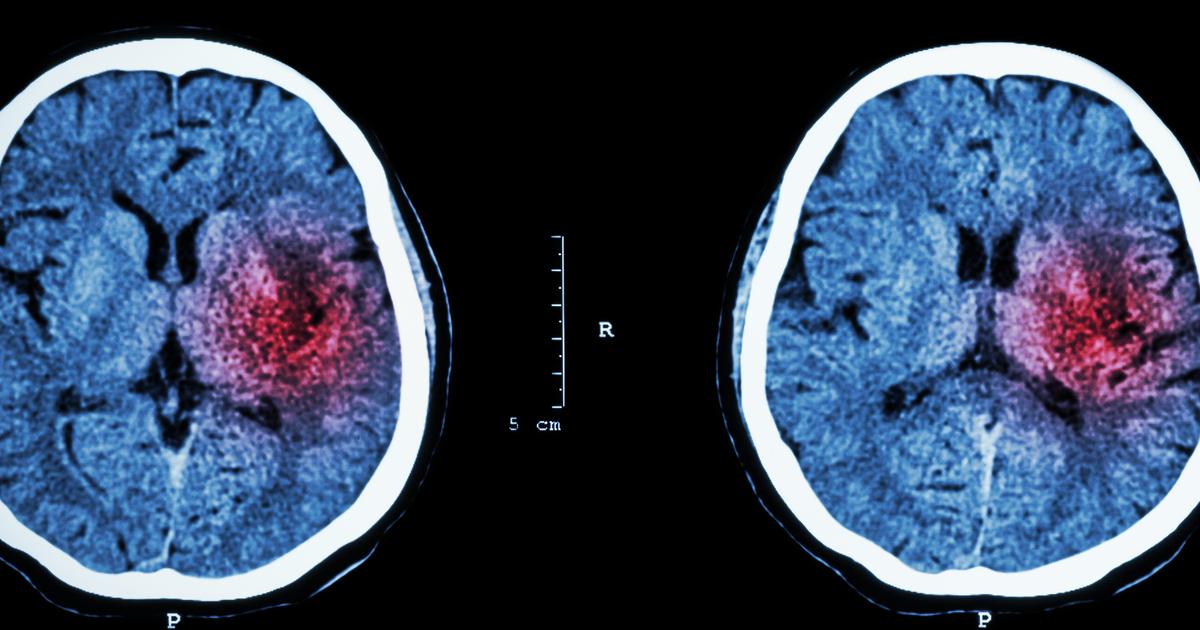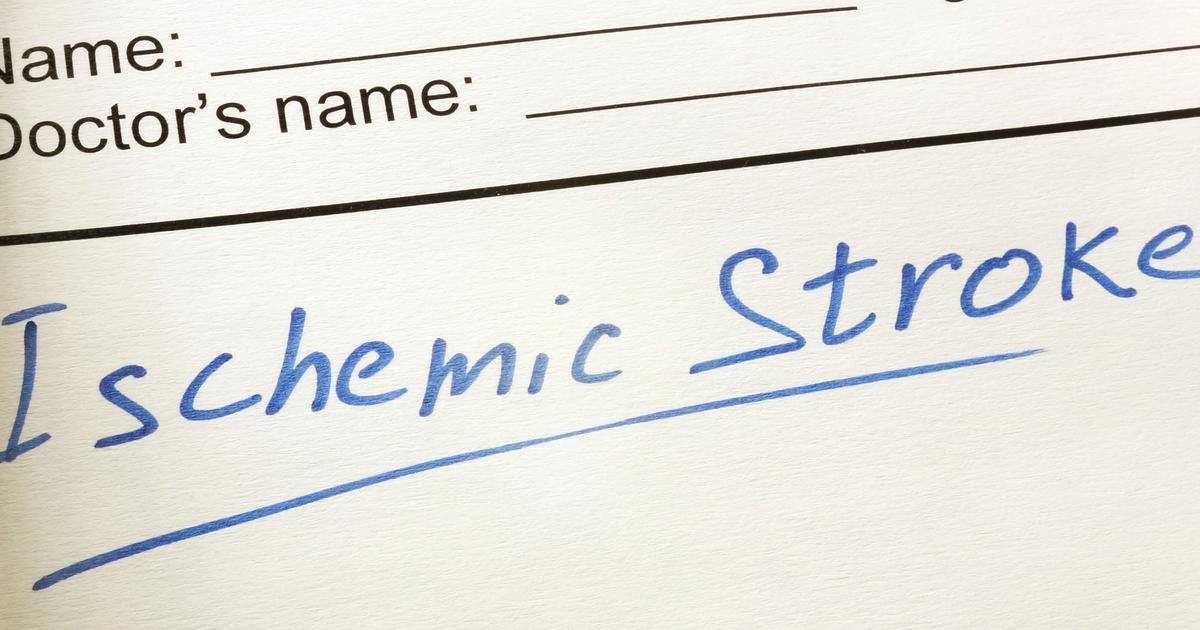10 Little-Known Stroke Varieties and Their Hidden Dangers
The word "stroke" often conjures a single, terrifying image: a sudden, catastrophic event that robs the brain of blood, leading to rapid cell death. And while that core understanding is true, the reality is far more complex and, in some cases, surprisingly insidious. Beyond the familiar, well-known types, a spectrum of less common, yet equally dangerous, stroke varieties lurk, often presenting with subtle symptoms or striking in unexpected ways. Knowing the nuances of these "unseen dangers" is crucial for early detection and effective treatment. We're about to delve into 10 astounding varieties of stroke, peeling back the layers of this devastating condition to arm you with knowledge that could protect yourself or a loved one.
1. Hemorrhagic Stroke

Hemorrhagic stroke is a type of stroke caused by the leakage of blood from an artery located in the brain. Blood gets into the surrounding brain tissue when an individual has a blood vessel that has become weakened and bursts. Brain cells become damaged from the pressure placed on them by the leaked blood, causing the damaged tissue to be unable to function correctly. Hemorrhagic stroke has two different subtypes: subarachnoid hemorrhage and intracerebral hemorrhage. An intracerebral hemorrhage that causes a stroke occurs when the bleeding is isolated to the inside of the brain tissue. A subarachnoid hemorrhage that precipitates a stroke occurs when the blood is leaked into the space between the patient's brain and the protective membranes that cover it. To treat these types of strokes, the bleeding in the brain must be mediated, and the pressure in or on the brain tissues must be reduced to prevent further permanent brain damage.
2. Ischemic Stroke

Ischemic stroke is a type of stroke that occurs when the arteries in the brain become obstructed. Approximately nine out of every ten strokes are considered ischemic strokes. Atherosclerosis, a disease where an individual develops an accumulation of plaque and fatty deposits in their blood vessels, is the most common cause of an ischemic stroke. Plaque can build up in the arteries in the affected individual's brain and result in an ischemic stroke. A blood clot can also become stuck in an artery in the brain that has become narrowed due to plaque buildup. High cholesterol levels, smoking, and high blood pressure are the two most significant risk factors for an ischemic stroke. There are two different types of ischemic strokes. An embolic stroke occurs when the blood vessels of the brain become obstructed due to a piece of plaque, blood clot, or another object formed in another region of the body travels to the brain. A thrombotic stroke occurs when a clot initially forms inside of the blood vessel contained within the brain.
